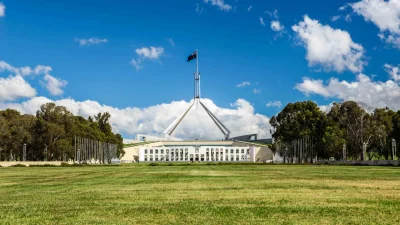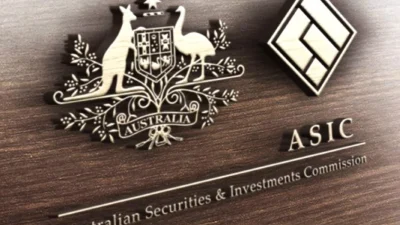IPD to launch new investment structures index
Property Investment Databank (IPD) is to launch a set of new property indices, one of which will provide information about how different investment structures behave over time.
IPD Australia and New Zealand managing director Anthony De Francesco said the launches early next year of hotel, green, and investment structures indices were part of the general move of the business towards providing more analytical services.
The key driver behind the development of the investment structures index was demand from fund managers who wanted to understand how having property exposure in certain vehicles changed the profile of that investment return, De Francesco said. He agreed that misunderstandings as to how different property vehicles actually performed may have led to investor heartbreak during the global financial crisis, when certain property structures did not behave according to expectations.
He said the investment structures index would reveal how real estate investment trusts (REITs), unlisted wholesale property funds (UWPF) or unlisted retail fund vehicles performed at the asset level.
De Francesco said IPD had already done the segmentation for the index and was currently working on the time series so that one could go back and evaluate how these structures performed over time.
“The interesting thing about that is that it is going to give weight to the industry in terms of furthering the discussion about how listed performs against unlisted, because now it is going to be on a similar platform — at the asset level,” he said. Based on the segmentation already done, in the year to September 2010 unlisted funds outperformed listed funds.
De Francesco said the new indices were about providing greater transparency.
“This is really one part of a greater story of what we’re trying to do, which is to reconcile asset level performance with the fund level,” he said.
He said REITs might perform in one way and unlisted wholesale funds might perform in another. “But that’s at the fund level — it doesn’t tell you what’s happening at the portfolio level. If you think about it, you have the portfolio, then you have debt, management fees, tax and exchange rates," he said.
He added that the index would attempt to compare investment structures on a like-to-like basis and determine whether the strategies of the unlisted wholesale funds, for example, or the alignment of that strategy with portfolio construction delivered a far better outcome than REITs.
De Francesco said that the investment structures’ behaviour could be tracked by adding additional information. For example, in the case of REITs, how the level of gearing or offshore exposure would impact on the performance of the investment vehicle.
Recommended for you
Shadow financial services minister, Luke Howarth, has stressed the Coalition’s commitment to reforming the CSLR, adding that he ultimately wants to “get rid of it”.
With just over three weeks until the federal election, the FAAA has put a reduction in red tape and further support for new entrants on its priority list for an incoming government.
The corporate regulator has issued infringement notices to three AFSLs whose financial advisers provided personal advice to a retail client while unregistered.
Rather than taking a controlling approach, the latest generation of overseas private equity deals is helping advice firms to achieve their growth ambitions, three commentators have said.














